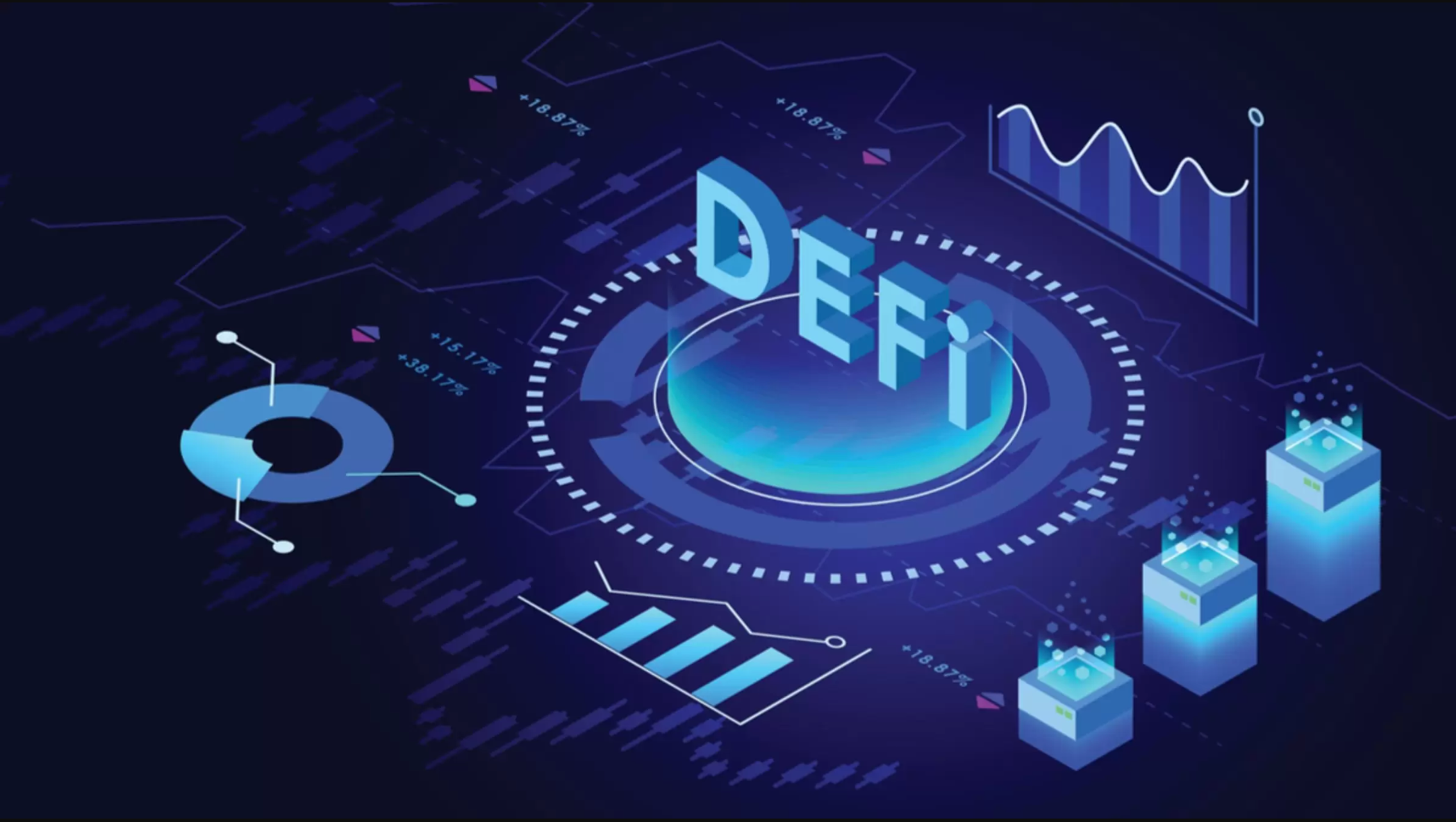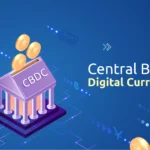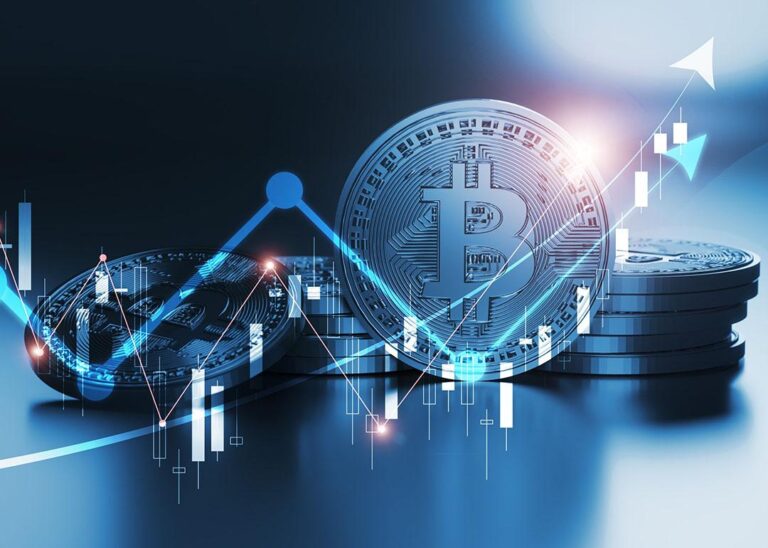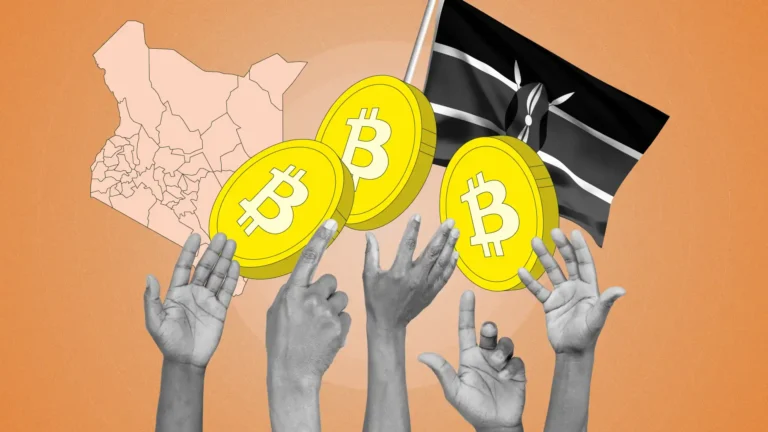In the fast-evolving world of digital finance, one term has captured global attention — DeFi, short for Decentralized Finance. Promising a financial system without banks, brokers, or middlemen, DeFi has redefined how people think about money, lending, and investment. But while its growth has been meteoric, the landscape is not without pitfalls. Behind the promise …
DeFi Risks and Rewards: Understanding Blockchain-Based Finance

In the fast-evolving world of digital finance, one term has captured global attention — DeFi, short for Decentralized Finance. Promising a financial system without banks, brokers, or middlemen, DeFi has redefined how people think about money, lending, and investment.
But while its growth has been meteoric, the landscape is not without pitfalls. Behind the promise of transparency and innovation lies a maze of smart contract vulnerabilities, liquidity risks, and regulatory uncertainty. Understanding both the rewards and risks of DeFi is essential for anyone venturing into the future of blockchain-based finance.
What Exactly Is DeFi?
DeFi refers to a blockchain-based ecosystem of financial applications that replicate traditional banking functions — such as lending, borrowing, trading, and saving — but in a decentralized manner. Instead of relying on banks or intermediaries, DeFi uses smart contracts — self-executing code stored on blockchains — to automate and secure transactions.
Built primarily on Ethereum and newer chains like BNB Chain, Solana, and Avalanche, DeFi platforms enable:
- Lending and borrowing through protocols like Aave or Compound.
- Decentralized exchanges (DEXs) such as Uniswap or PancakeSwap for token trading.
- Yield farming and liquidity pools, where users earn rewards for locking in assets.
- Stablecoins and synthetic assets, offering stable value or exposure to real-world instruments.
In short, DeFi transforms finance into a permissionless, borderless, and programmable system — accessible to anyone with an internet connection and a crypto wallet.
The Rewards: Why DeFi Is Transforming Global Finance
1. Financial Inclusion
DeFi removes barriers that have kept millions excluded from the traditional financial system. Anyone with a smartphone can access lending, investment, and savings tools without the need for a bank account.
For Africa and other emerging markets, this is a revolutionary leap forward — enabling microloans, remittances, and cross-border payments in real time, at a fraction of traditional costs.
2. Transparency and Control
Unlike opaque banking systems, DeFi operates on public blockchains. Every transaction is traceable, auditable, and visible to anyone. This transparency builds trust and accountability.
Moreover, users have full control of their funds. There’s no need to trust intermediaries — your assets remain in your wallet until you choose to transact.
3. High Earning Potential
DeFi offers yields far higher than traditional savings accounts. Through staking, liquidity provision, and yield farming, users can earn rewards in the form of tokens or transaction fees.
While this comes with risks (as we’ll see shortly), it’s one of the key reasons investors have flocked to DeFi — chasing returns that can sometimes reach double or even triple digits annually.
4. Innovation and Programmability
DeFi’s open-source nature fuels constant innovation. Developers can build new financial tools by simply connecting to existing protocols. This has created a composable ecosystem — often called “Money Legos” — where applications integrate seamlessly to create powerful new financial products.
Imagine combining lending, insurance, and trading tools into one automated system — that’s the creative power of DeFi.
The Risks: The Other Side of the Coin
For all its potential, DeFi is still experimental and volatile. The very features that make it exciting — openness, speed, and decentralization — also make it risky.
1. Smart Contract Vulnerabilities
DeFi runs on smart contracts — code that executes automatically when certain conditions are met. But code can have bugs.
Exploits such as flash loan attacks, oracle manipulation, and reentrancy bugs have cost users billions. In 2023 alone, DeFi hacks and exploits exceeded $2 billion globally, highlighting that even a single line of faulty code can lead to catastrophic losses.
2. Impermanent Loss and Liquidity Risks
Liquidity providers — users who deposit tokens into DeFi pools — can face impermanent loss when token prices fluctuate sharply. Even though they earn fees, they may end up with fewer assets in value compared to simply holding their tokens.
DeFi liquidity is also highly mobile; funds can move rapidly between platforms, leading to sudden liquidity shortages or “bank run” scenarios during market downturns.
3. Regulatory Uncertainty
Governments are still figuring out how to regulate DeFi. With no central authority, questions around liability, taxation, and compliance remain unresolved.
Some regulators worry about money laundering, fraud, or unregistered securities. Others see DeFi as a tool for inclusion and innovation. Until clear global standards emerge, investors face regulatory risks that could affect projects’ legality or value.
4. Rug Pulls and Scams
The open nature of DeFi allows anyone to launch a project — including bad actors. A rug pull occurs when developers create a token or platform, attract liquidity, and then withdraw all funds, leaving investors with worthless assets.
Vetting projects, reading audits, and understanding tokenomics are essential to avoid falling victim to scams in the DeFi ecosystem.
5. Market Volatility
DeFi relies heavily on crypto assets, which are inherently volatile. Sudden price swings can liquidate collateralized loans, devalue liquidity pools, or trigger cascading sell-offs across platforms.
This volatility makes DeFi both exciting and unpredictable, demanding strong risk management and investor awareness.
Balancing the Equation: Managing DeFi Risk
DeFi investors can reduce exposure to risks through informed strategies:
- Choose audited platforms: Look for projects that have undergone independent code audits.
- Diversify assets: Avoid putting all funds in one protocol or chain.
- Use stablecoins wisely: Stablecoins can protect against price volatility, but they come with their own risks depending on the issuer’s backing.
- Stay informed: Follow governance updates, security reports, and market changes regularly.
- Start small: Especially for newcomers, it’s safer to test DeFi platforms with small amounts before scaling investments.
Just like traditional finance, success in DeFi requires due diligence, discipline, and diversification.
DeFi and Africa: A Landscape of Opportunity
Africa is emerging as one of the most dynamic regions for blockchain adoption. With high mobile phone penetration and limited access to traditional banking, DeFi can bridge financial gaps like never before.
In countries such as Nigeria, Kenya, and South Africa, users are leveraging DeFi platforms for savings, remittances, and cross-border trade. Startups are experimenting with tokenized microloans, yield-based community savings, and blockchain-powered remittance solutions that bypass costly intermediaries.
However, the continent also needs clear regulations, education, and infrastructure to manage DeFi’s complexity. When balanced properly, Africa could become a global hub for decentralized finance innovation.
The Road Ahead: Toward a Decentralized Financial Future
DeFi’s journey is far from over. The ecosystem is rapidly evolving — integrating with AI, blockchain oracles, and layer-2 scaling solutions to improve security and efficiency. Projects are introducing decentralized insurance and risk management tools, making the landscape more mature and investor-friendly.
Meanwhile, central banks and traditional financial institutions are studying DeFi models to modernize their systems — a sign that the line between traditional and decentralized finance is starting to blur.
The next wave of DeFi innovation will likely focus on interoperability, scalability, and compliance, creating systems that are both open and stable enough for mainstream use.
Conclusion: Risk and Reward in the DeFi Revolution
DeFi represents one of the most ambitious financial experiments in modern history — a vision of a borderless, transparent, and inclusive financial system built on blockchain technology.
The rewards are enormous: accessibility, autonomy, innovation, and wealth creation. Yet the risks are equally real — from smart contract exploits to regulatory uncertainty.
For investors, developers, and policymakers alike, the key lies in balance: embracing the power of DeFi’s innovation while managing its volatility and vulnerabilities.
As DeFi continues to evolve, one thing is clear — the financial world will never be the same again. In this decentralized future, trust is coded, opportunity is global, and finance belongs to everyone.








